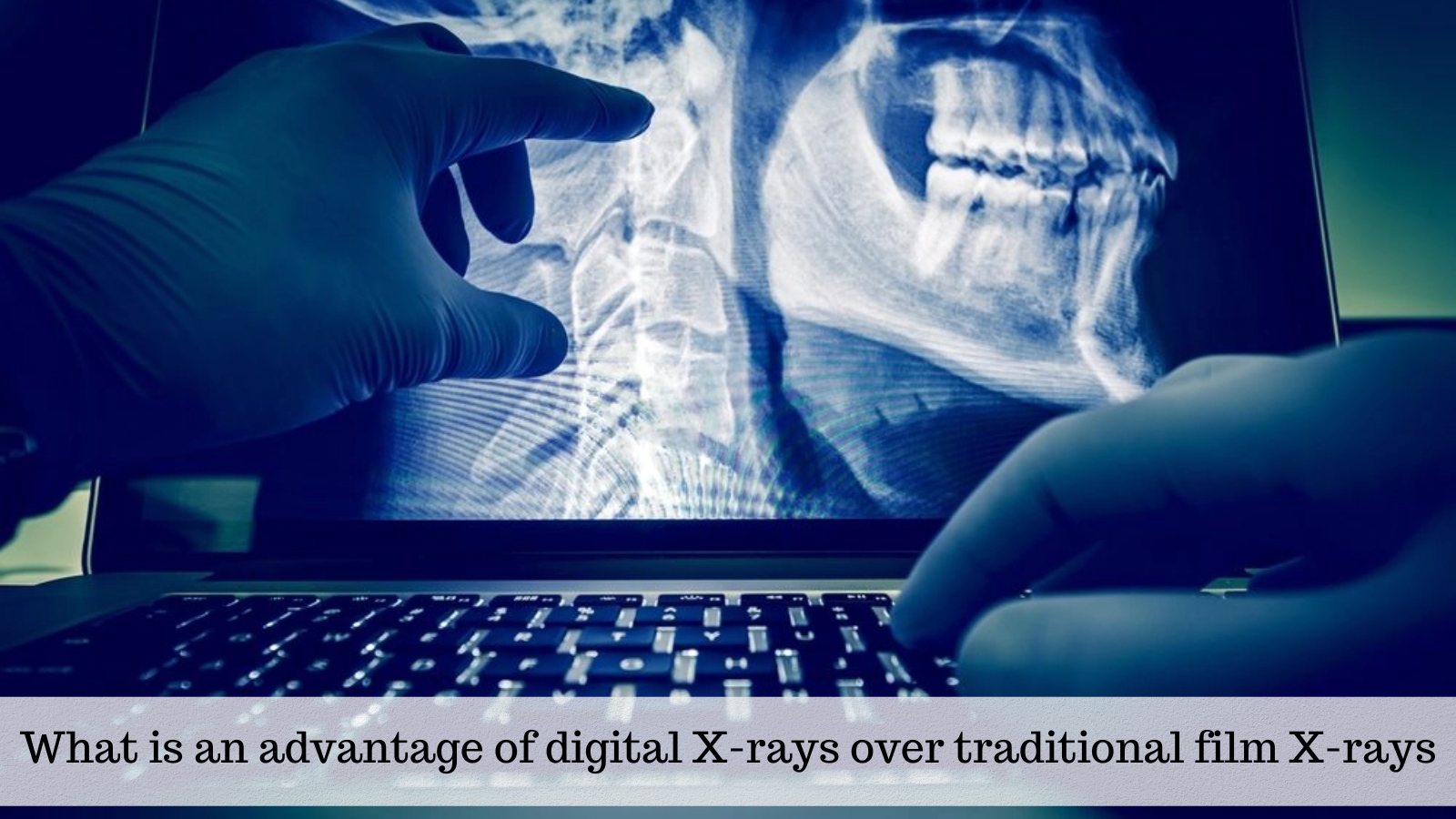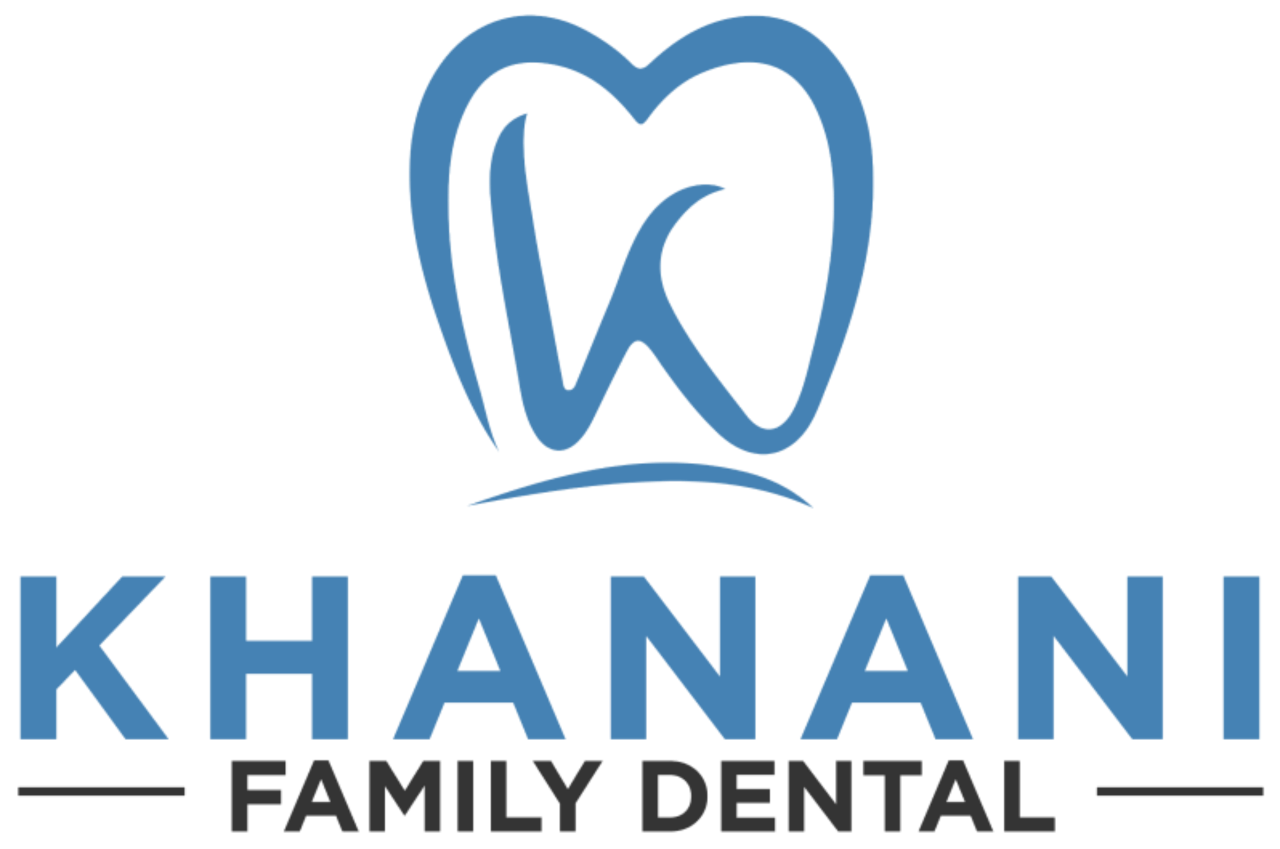We are Not A MassHealth Provider
What’s an Advantage of Digital X-Rays Over Traditional Film?

Technology is changing the way dental care works, and one area where it’s making a real difference is X-rays. Traditional film X-rays have been the go-to method for dental imaging for decades. But now, digital X-rays are taking the spotlight, offering benefits that make them a better choice for dentists and patients. If you’ve ever wondered what makes digital X-rays stand out, let’s discuss why they’re quickly becoming the new standard in oral healthcare.
Faster Results, More Time for Care
One of the biggest advantages of digital X-rays is their speed. Traditional film X-rays require a time-consuming process that involves developing the film in a dark room with chemicals. By contrast, digital X-rays produce images instantly. This means your dentist can see the results on a computer screen within seconds.
What does this speed mean for you as a patient? More time for what matters—getting answers and receiving care. Instead of waiting for X-rays to develop, you and your dentist can focus on diagnosing issues and discussing treatment options in one visit.
- Immediate image viewing saves time for both patients and dental staff.
- Faster diagnosis leads to quicker treatment plans.
- Image development requires no darkroom or chemicals.
Clearer Images, Better Accuracy
The advantage of digital X-rays lies in their ability to create sharper, clearer images than traditional film X-rays. This increased precision helps dentists catch even the most minor problems, such as cavities or infections, that might go unnoticed. A clearer image means better accuracy in diagnosis, allowing for more effective and targeted treatments.
Plus, one can enhance or magnify digital images on a computer screen. Your dentist can zoom in on specific areas for a better look. With film X-rays, you see what you get— you don’t need to zoom the image.
- Enhanced image quality provides more detailed insights into your dental health.
- Zoom and adjust features allow for a more in-depth examination.
- Higher accuracy means dentists can catch problems earlier, potentially avoiding more severe issues later.
Safer for Patients with Reduced Radiation
Safety is a top priority in dental care, and another significant advantage of digital X-rays is that they expose patients to significantly less radiation. Digital X-rays typically use up to 90% less radiation than traditional film X-rays. This makes digital X-rays a safer choice for both routine dental exams and more frequent imaging needs, especially for those who may be more sensitive to radiation, such as children or pregnant women.
Knowing that your dental care comes with even less risk is peace of mind for you as a patient.
- Up to 90% less radiation compared to traditional X-rays.
- It is safer for children, pregnant women, and those with frequent imaging needs.
- Lower overall risk with better imaging results.
Environmentally Friendly: No Chemicals, No Waste
Going digital isn’t just great for your health—it’s good for the environment, too. Traditional film X-rays rely on chemical processing involving toxic substances like developer and fixer solutions. These chemicals can be harmful to the environment if not disposed of properly.
Digital X-rays eliminate the need for these chemicals. They also reduce the amount of physical waste since there’s no film to store or dispose of. In a world where going green is increasingly essential, digital X-rays represent a step toward more eco-friendly dental practices.
- This process doesn’t involve the use of harmful chemicals.
- Less physical waste from X-ray film and processing materials.
- A greener choice for environmentally conscious patients.
Easy Storage and Sharing
Ever had to transfer dental records or X-rays to a new dentist? With traditional film X-rays, this often meant lugging around bulky envelopes of films that could easily get lost or damaged. Digital X-rays, on the other hand, are stored electronically. This makes them easy to share with other healthcare providers, if needed, without any hassle.
Whether you’re moving to a new city or seeking a second opinion from a specialist, digital X-rays can be sent instantly—no need to worry about losing records or dealing with delays in your care.
- Easy storage in electronic health records.
- Instant sharing between dental practices.
- There is no risk of losing or damaging physical film.
Digital X-rays have genuinely changed the game in oral healthcare. From faster results to clearer images and reduced radiation, these advancements offer real benefits for patients and dentists. Plus, they’re kinder to the environment and more accessible to store and share. So next time you call your dentist, don’t be surprised if digital X-rays are part of the process—they’re here to make your experience smoother, safer, and more efficient.
Frequently Asked Questions (FAQs)
While costs can vary depending on your dentist and location, digital X-rays are often comparable in price to traditional film X-rays. However, the added benefits, like faster results, reduced radiation, and clearer images, make them worth considering.
Digital X-rays offer more precise and detailed images, which can help dentists detect issues that might not be as visible on traditional film X-rays, such as early-stage cavities or tiny fractures.
The frequency of X-rays depends on individual oral health needs. Your dentist will recommend X-rays based on age, dental history, and whether you’re at risk for specific issues.
No, getting a digital X-ray is a painless procedure. Your kids simply bite down on a sensor while the dentist takes the image. It’s quick, comfortable, and non-invasive.
Digital X-rays are stored securely in electronic health records. They can be accessed for future reference or shared with other healthcare providers.

